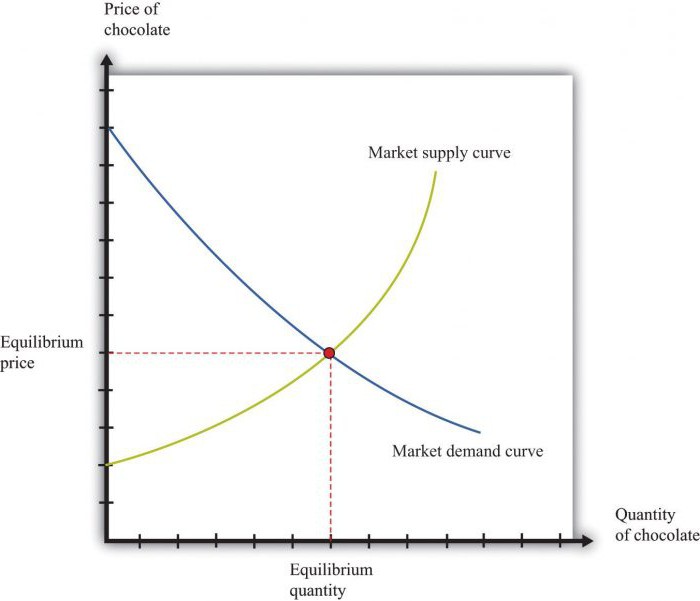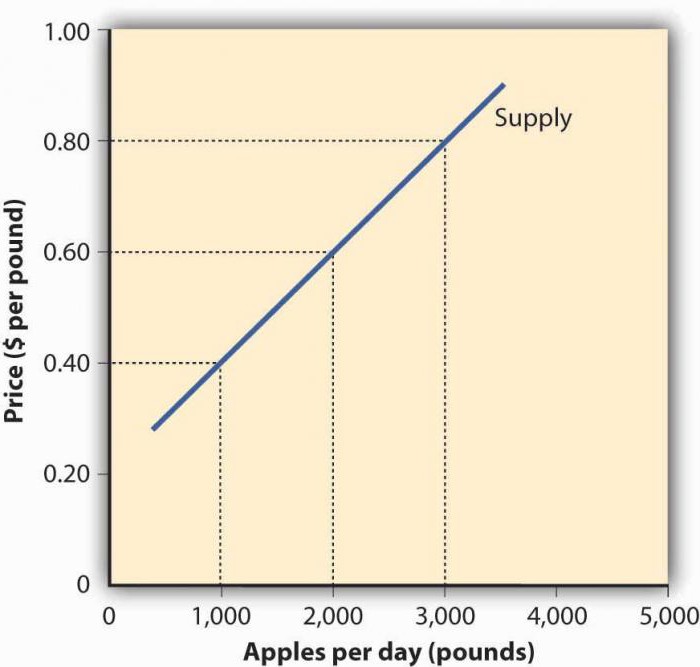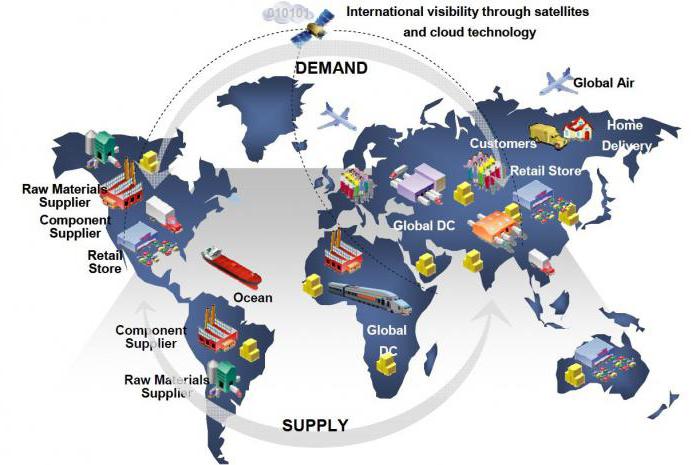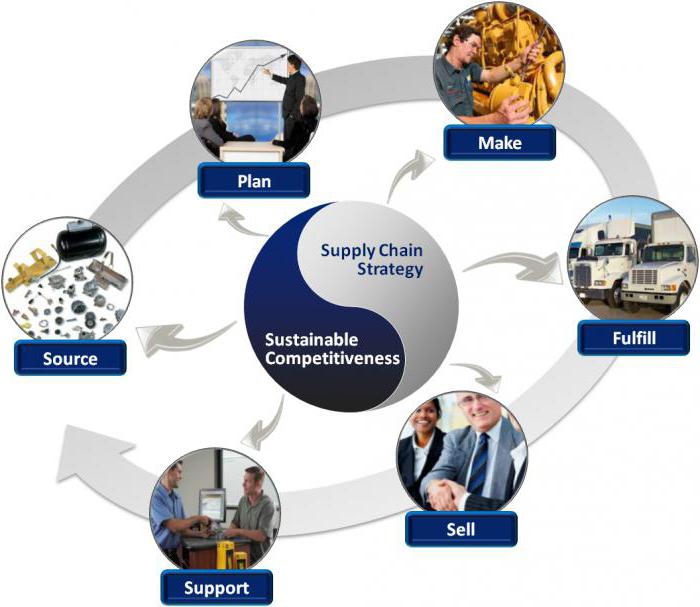The key concepts of economic theory are supply and demand. The first is the quantity of goods that people want to purchase at a given price level. The second is the volume of production in the same situation. The supply curve illustrates the capabilities of sellers. It will be discussed further.
The concept
An offer in the economy is the volume of a product that firms, consumers, employees, financial asset providers, or other agents are willing to provide. To visualize the dependence of this indicator on the price, use a graph. The supply curve generally shows a positive correlation between two variables. The first is dependent, the second is not.

Application features
In the labor market, the supply curve displays the volume of the product in kind, which manufacturers are willing to sell for a certain price, when all other factors remain constant. Equilibrium value is set at the intersection with the demand graph. In the labor market, the aggregate supply curve shows the amount of time per week, month or year that people are willing to spend at work. The result obtained in this case is also called the salary function. In financial markets, the aggregate supply curve characterizes the volume highly liquid assets which are available. This indicator is determined by state monetary policy.

Offer Factors
Countless variables and circumstances can affect a seller’s willingness or ability to produce a product. The most common factors that provoke a shift in the supply curve include:
- the price of the product;
- cost of related goods;
- price factors;
- production conditions;
- expectations;
- market regulation.

Price Level Variables
This group includes several indicators:
- The price of the product itself. This factor is key to the proposal concept. In the general case, price and volume of production are associated with a positive correlation dependence. An increase in one indicator leads to an increase in another.
- Prices for related products. For ease of analysis of the proposal, they consider products that are used for production. For example, paper and wood. If the price of the latter increases, then the volume of production of the former will decrease, since the costs of its production will increase. Related products also include those that require the cost of similar factors. For example, the company produced leather belts. But once the director found out that it is possible to produce covers for smartphones from existing raw materials, which are now in much greater demand. A firm may reduce the production of its original products in favor of new ones. And finally, the last case. A product is considered to be related if its price change leads to an increase or decrease in supply.
- Prices of factors of production. They include earth, energy, raw materials. If their price rises, the supply curve will shift to the left, as it becomes unprofitable for manufacturers to sell goods. For example, if the cost of electricity rises, then supply will have to be reduced due to increased costs.
- Number of suppliers. The supply and demand curve characterizes the aggregate of generalized decisions of buyers and sellers. If the number of the first increases, then equilibrium price increase, second - decrease.

Present and future
One of the most important factors that influence the aggregate supply of products is production conditions. In particular, the state of technology.If there is a qualitative leap in its development, then the supply and demand curve shifts up and to the right. Other factors may also affect production. For example, weather is critical for agricultural products, on which the crop depends.
But for the correct forecast, it is important not only the present, but also the future. And here we are dealing with expectations. What sellers think about the future market conditions directly affects the offer. If they believe that the demand for the product will increase sharply soon, then the owner of the company can immediately increase the output standards in anticipation of higher prices.

State policy
It can be differently related to interventions. But it is difficult to challenge the fact that they have a significant impact on the proposal. State policy includes everything from setting minimum wages to environmental laws. What the economic growth will be like and whether it should be expected at all depends on the effectiveness of government actions. Often, the state identifies a number of industries that receive all kinds of support.

Keynesian aggregate supply curve
In the general understanding of economic theory, there are two approaches: market and regulatory. Representatives of the first believe in non-interference in the natural course of things, the second advocate for the control of the national economy in the state. John Maynard Keynes believed that effective development is impossible without the regulatory activities of the government. In addition, he believed that supply is generated by demand. He criticized the conclusions of Say's law. Keynes drew attention to the fact that in conditions of exchange involving money, it is possible to overproduce goods and services for external and internal reasons. The model obtained by the scientist is the base. In contrast to the conclusions of the classics, Keynes argued that savings are not a function of interest, but income. Prices are not flexible, including salary (wages as a factor of production). The equilibrium point characterizes not supply, but demand. And it is established under the influence not of prices (they are fixed in the short term), but of changes in stocks. This model is the basis for identifying vibration factors and the effect of them.
Keynesian segment of the curve characterizes changes in output at constant prices. It is a horizontal line.
In the short run
At the level of common sense, we understand that rising prices will trigger manufacturers' desire to increase output. Gross national product is growing. But whether this happens all the time. The second segment is the so-called short-term supply curve. It has the form most familiar to us - the ascending line.
Classic aggregate supply curve
The last segment is vertical. It characterizes the situation when prices rise, but this does not affect the gross national product. This is due to the full employment of resources in the economy. This state of affairs, according to many scientists, is impossible.

How to build a supply curve?
In order to easily cope with this task, you need to sequentially perform several steps:
- Draw the abscissa and ordinate axis.
- Rename the first to the price level, the second to the issue.
- Create a table of the ratio of production and market value.
- Set aside the resulting points on the chart.
The movement of the curve to the right or left can be associated with price and other factors. The latter include, as we have said, a change in technology, state tax policies, etc. Tax cuts will reduce the burden of producers. This will shift the curve to the right, since at equal prices sellers will be able to supply more goods. It is important to change the curve in the long and short term. The difference between them consists mainly in the behavior of real and nominal factors.The first include salary, price, interest rate. The second - the level of employment and others. In the short term, nominal values change slowly, real ones quickly. In the long term - the opposite.
findings
The aggregate supply primarily depends on the costs of producers per unit of output. They affect the level of prices desirable for the seller. And the rate of profit in the relevant sectors is inextricably linked with them, and hence the profitability of an individual enterprise. Lower costs mean higher supply. There are many ways to do this, but most of them depend on external factors. The company may install new equipment, but it is most likely not to be able to create a technological leap. And she will not be able to influence the prices of the factors used. At least on their own.
